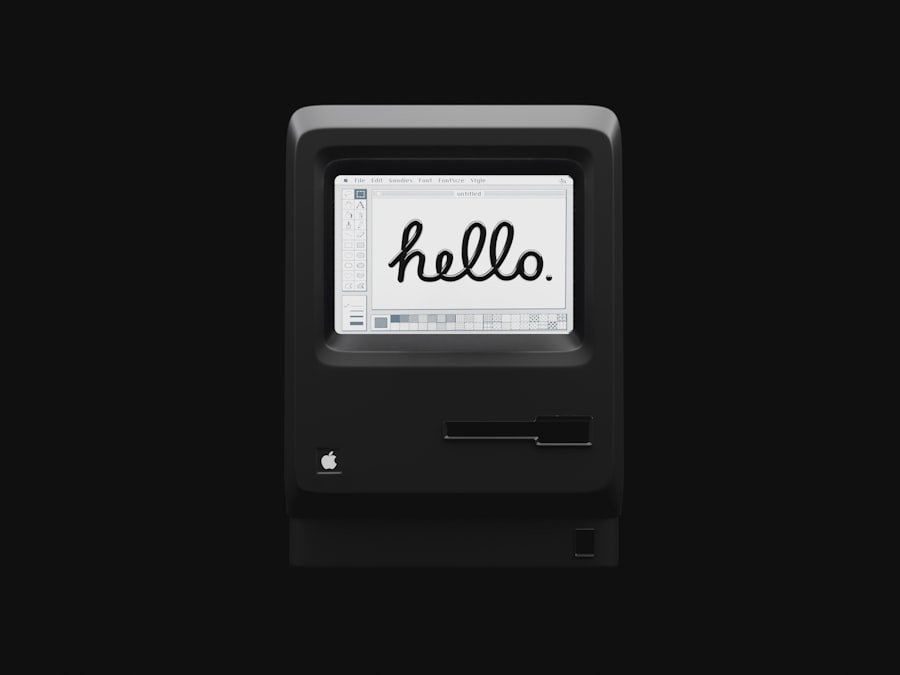In the digital age, personalization has become a significant aspect of how we interact with our devices. The iPhone, a flagship product of Apple, offers a plethora of features that allow users to tailor their experience. One such feature, often overlooked, is the ability to rename apps.
While the default names of applications are designed for clarity and functionality, users may find that customizing these names can enhance their organizational strategies and improve their overall user experience. Renaming apps can be particularly beneficial for those who have a multitude of applications installed, as it allows for a more intuitive navigation system. The process of renaming apps on an iPhone is not as straightforward as one might hope, given Apple’s design philosophy that emphasizes simplicity and uniformity.
However, with a little creativity and the right approach, users can effectively create a personalized app ecosystem that reflects their preferences and needs. This article will delve into the step-by-step process of renaming apps, provide tips for selecting effective names, and explore the broader implications of app customization on the iPhone.
Key Takeaways
- Renaming apps on iPhone can help you personalize your device and make it easier to find and use your favorite apps.
- Follow a step-by-step guide to easily rename apps on your iPhone and customize their appearance.
- When choosing app names, consider using descriptive and concise titles that reflect the app’s function and purpose.
- Organize your apps with customized names to create a more intuitive and personalized user experience on your iPhone.
- Renaming apps on iPhone can lead to benefits such as improved organization, easier navigation, and a more personalized device.
Step-by-Step Guide to Renaming Apps
Renaming apps on an iPhone requires a few specific steps, as Apple does not provide a direct option to change app names through the home screen. Instead, users can utilize the Shortcuts app, which is a powerful tool designed to automate tasks and create custom shortcuts for various functions on the device. To begin the renaming process, users should first open the Shortcuts app, which is typically pre-installed on all modern iPhones.
If it is not available, it can be downloaded from the App Store. Once inside the Shortcuts app, users should tap on the “+” icon to create a new shortcut. This action will lead them to a new screen where they can add actions.
To rename an app, they need to select “Add Action” and then search for “Open App.” After selecting this action, they can choose the app they wish to rename from the list of installed applications. Following this selection, users should tap on the three dots in the upper right corner to access the shortcut settings. Here, they can enter a custom name for the shortcut, which will serve as the new name for the app when it appears on the home screen.
Finally, by tapping “Add to Home Screen,” users can assign an icon and finalize the process. This method effectively creates a new shortcut with a personalized name while retaining access to the original app.
Tips for Choosing App Names

When it comes to renaming apps, creativity is key. The name you choose should not only reflect your personal style but also serve a functional purpose. One effective strategy is to consider using abbreviations or acronyms that resonate with you.
For instance, if you frequently use a fitness app called “MyFitnessPal,” you might opt for a shorter name like “FitPal” or simply “MFP.” This approach not only makes it easier to locate the app but also adds a personal touch that can make your device feel more uniquely yours. Another important aspect to consider is clarity. While it may be tempting to choose whimsical or obscure names, it’s crucial that you can still easily identify each app at a glance.
For example, renaming a social media app like Instagram to something like “Photo Share” might be descriptive but could lead to confusion if you have multiple photo-related apps. Striking a balance between creativity and clarity will ensure that your customized names enhance your user experience rather than complicate it.
Organizing Apps with Customized Names
| App Name | Customized Name | Number of Users |
|---|---|---|
| Calendar | My Schedule | 5000 |
| Notes | My Ideas | 3000 |
| Contacts | My Connections | 7000 |
Renaming apps can significantly aid in organizing your digital workspace. By categorizing apps based on their functions or your personal preferences, you can create a more streamlined experience that allows for quicker access to frequently used applications. For instance, if you have several productivity apps such as Trello, Evernote, and Google Drive, you might choose to rename them with a common prefix like “Work – Trello,” “Work – Evernote,” and “Work – Drive.” This method not only groups them visually but also makes it easier to locate them when needed.
Additionally, consider using thematic naming conventions based on your interests or daily routines. If you are an avid traveler, you might rename travel-related apps like Airbnb and Google Maps with names like “Stay Finder” and “Route Planner.” This thematic approach not only enhances organization but also adds an element of fun and personalization to your device. By thoughtfully categorizing and renaming your apps, you can transform your iPhone into a more efficient tool tailored specifically to your lifestyle.
Benefits of Renaming Apps on iPhone
The benefits of renaming apps extend beyond mere aesthetics; they can significantly enhance usability and efficiency. One of the primary advantages is improved accessibility. When apps are renamed in a way that resonates with the user’s habits or preferences, it becomes easier to locate them quickly without having to sift through multiple pages of icons.
This is particularly beneficial for individuals who rely heavily on their devices for productivity or communication. Moreover, renaming apps can foster a sense of ownership and connection with your device. Personalization has been shown to increase user satisfaction and engagement with technology.
When users take the time to customize their devices—whether through renaming apps or changing backgrounds—they often feel more in control and invested in their digital environment. This emotional connection can lead to more frequent use of certain applications and ultimately enhance productivity.
Common Mistakes to Avoid When Renaming Apps

Avoid Overly Complex Names
One frequent mistake is choosing overly complex or lengthy names. While creativity is encouraged, names that are too long or complicated can make it difficult to quickly identify apps at a glance. For example, renaming an app to something like “The Best Photo Editing Application Ever” may seem fun but will clutter your home screen and make navigation cumbersome.
Maintain Consistency in Naming Conventions
Another mistake is failing to maintain consistency in naming conventions. If you decide to rename some apps with specific themes or prefixes but neglect others, it can lead to confusion and disorganization. For instance, if you rename some social media apps with “Social – Facebook” and “Social – Twitter,” but leave others like Snapchat unchanged, it disrupts the visual flow and makes it harder to find what you’re looking for.
Establish a Consistent Naming Strategy
Establishing a consistent naming strategy will help maintain order and clarity across your app collection.
Customizing App Icons Along with Names
In addition to renaming apps, customizing app icons can further enhance personalization on your iPhone. The Shortcuts app allows users not only to change the name of an app but also its icon. By selecting an image from your photo library or using one of the built-in icons available within the Shortcuts app, you can create a cohesive look that matches your newly chosen names.
This dual customization elevates the aesthetic appeal of your home screen while reinforcing your organizational strategy. For example, if you renamed your music streaming app from “Spotify” to “Tunes,” you might choose an icon that reflects music notes or something related to sound. This visual representation complements the new name and makes it easier for you to identify the app quickly.
Customizing both names and icons creates a more engaging user experience and allows for greater expression of personal style.
Exploring Third-Party Apps for Further Customization
For those looking to take their customization efforts even further, there are several third-party applications available that offer advanced features for renaming and organizing apps on iPhones. Apps like Widgetsmith and Color Widgets allow users to create custom widgets that can display app shortcuts alongside personalized icons and names directly on their home screens. These tools provide additional flexibility beyond what is available through Apple’s native options.
Moreover, some third-party launchers offer unique functionalities that enable users to create entirely new layouts for their home screens, allowing for even greater personalization options. While these applications may require additional setup time and may not be as seamless as using built-in features, they offer an exciting avenue for those who want their iPhone experience to be truly one-of-a-kind. By exploring these options, users can unlock new levels of creativity in how they interact with their devices daily.
In summary, renaming apps on an iPhone is not just about changing labels; it’s about creating an environment that reflects individual preferences and enhances usability. Through thoughtful naming strategies and customization options, users can transform their devices into personalized tools that cater specifically to their needs and lifestyles.
If you are looking to customize your iPhone experience even further, you may want to consider renaming your apps. This can help you stay organized and make your device more personalized. For more tips on how to make the most out of your iPhone, check out this article on protective cases for iPhone 14 Plus.










